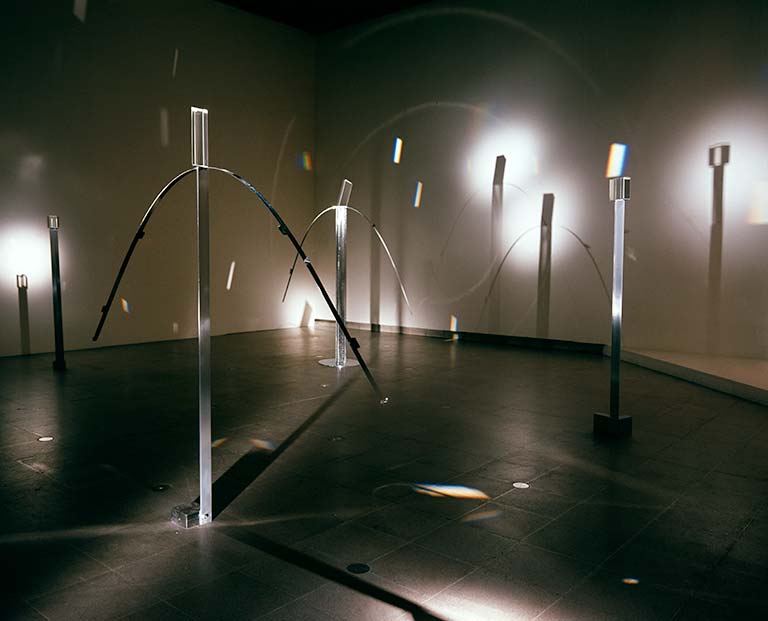
Four Figures of Light, 1978
These figures are human scale and are meant to be seen in relation to men and women. When Lijn made them she realised that she was going to try to find a new human image.
read more
read more
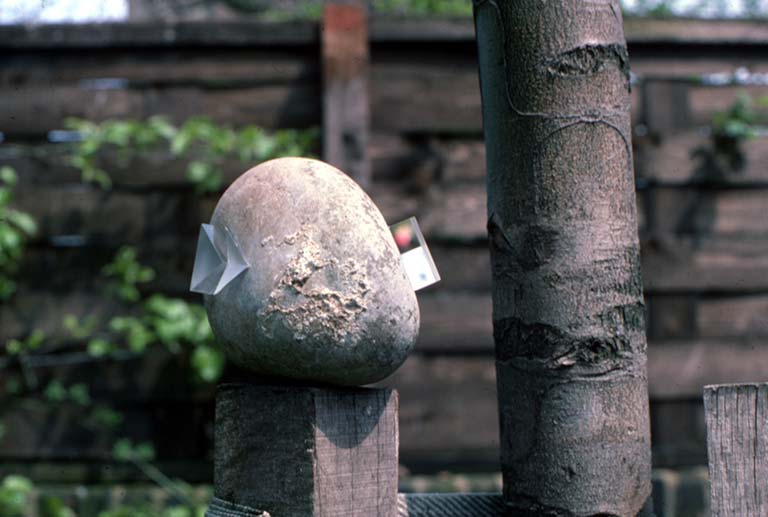
Touchstone, 1977
The Prism Stone series continues Lijn’s work exploring the possibilities in which extreme opposites can come together and embrace one another in a strange but fruitful synergy.
read more
read more
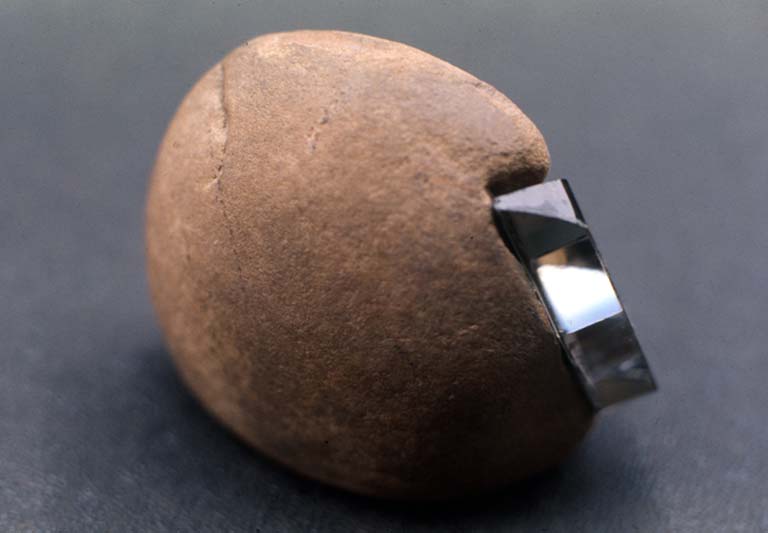
Mad Eye, 1977
The Prism Stone series continues Lijn’s work exploring the possibilities in which extreme opposites can come together and embrace one another in a strange but fruitful synergy.
read more
read more
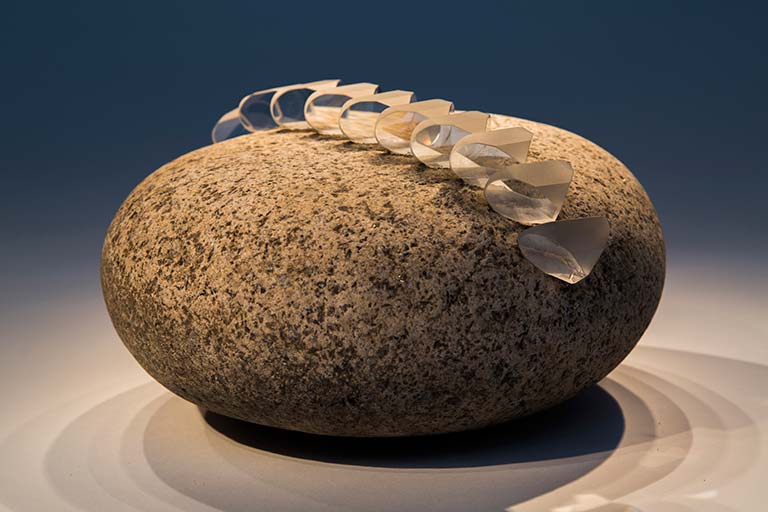
Firespine, 1977
The Prism Stone series continues Lijn's work exploring the possibilities in which extreme opposites can come together and embrace one another in a strange but fruitful synergy.
read more
read more
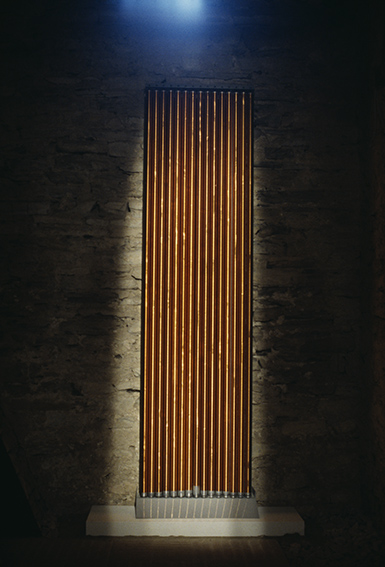
Wave Guide: A Counterpoint in 15 Parts, 1977-1978
The light line is an irrational code, a way the surface has of speaking. It indicates precisely all the changes made to the surface of the cylinders in what appears as a four dimensional space-time metaphor.
read more
read more
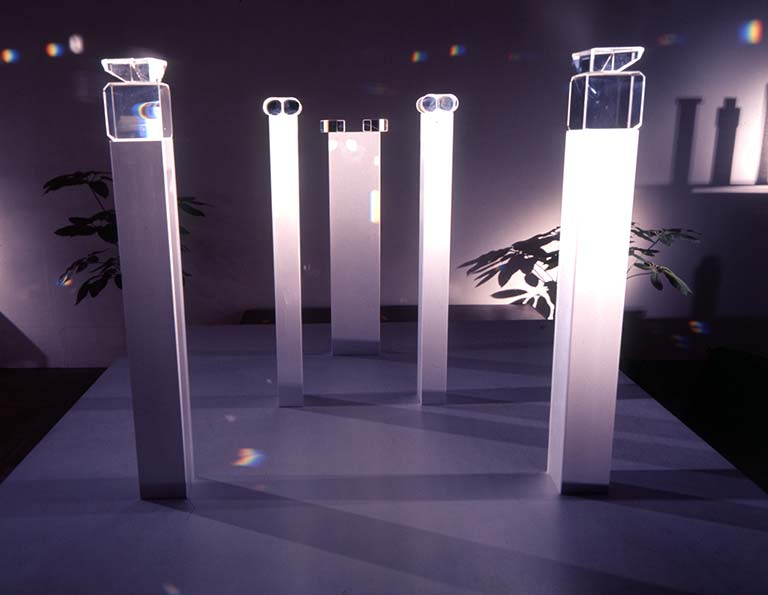
No Other, 1976
No Other is the last in a series of works Lijn called Rites of Passage. These sculptures were dramas celebrating the moments of passage between different states of consciousness.
read more
read more
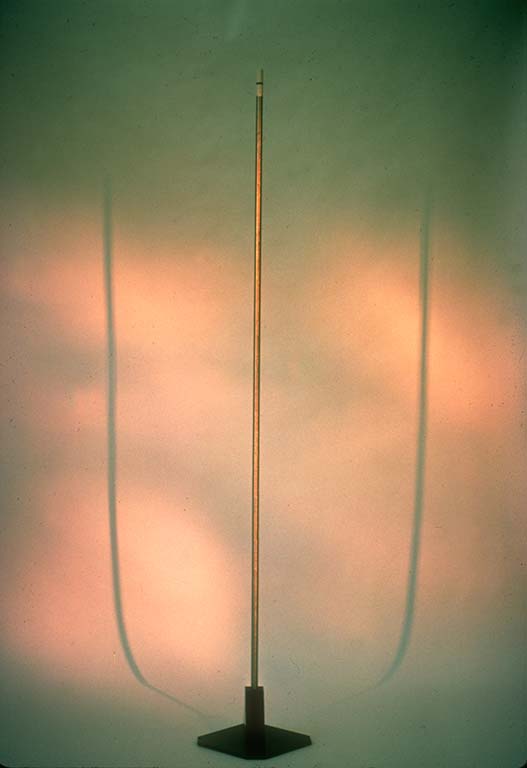
Lines, 1976
Lijn is interested in the way a reflected line of light describes the altered surface of the cylinder.
read more
read more
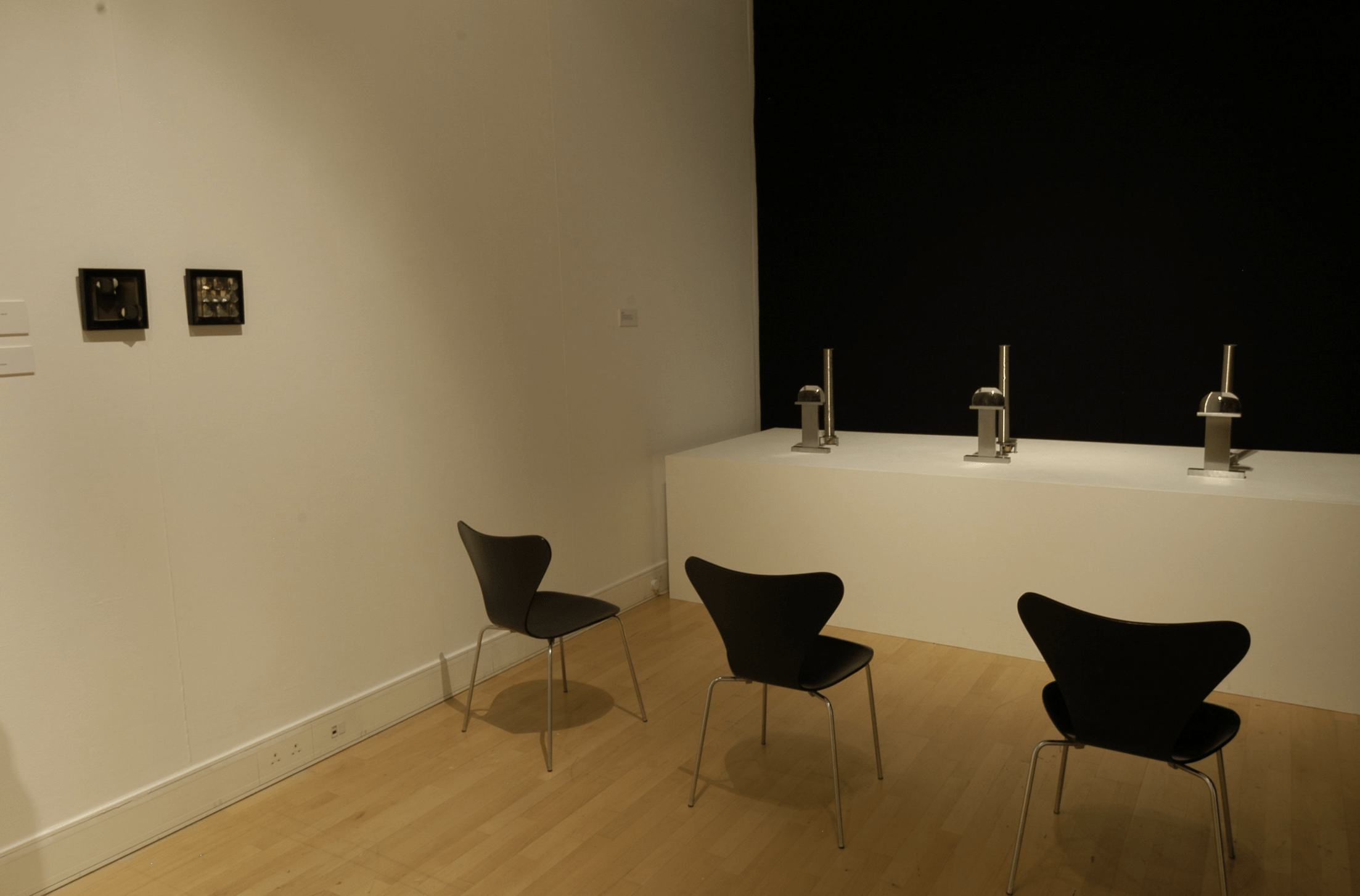
Thisthat II, 1975
Lijn was fascinated by the use of prisms as tools for vision in both industry and war. Here were materials which were used both for destruction and creation. Not only that, they were real tools for vision, enabling people not only to see and sight from within bind boxes, but also to see within solid matter by analysing the spectrum of light given off by gases, for example in distant stars.
read more
read more

Thisthat, 1975
Lijn was fascinated by the use of prisms as tools for vision in both industry and war. Here were materials which were used both for destruction and creation. Not only that, they were real tools for vision, enabling people not only to see and sight from within bind boxes, but also to see within solid matter by analysing the spectrum of light given off by gases, for example in distant stars.
read more
read more
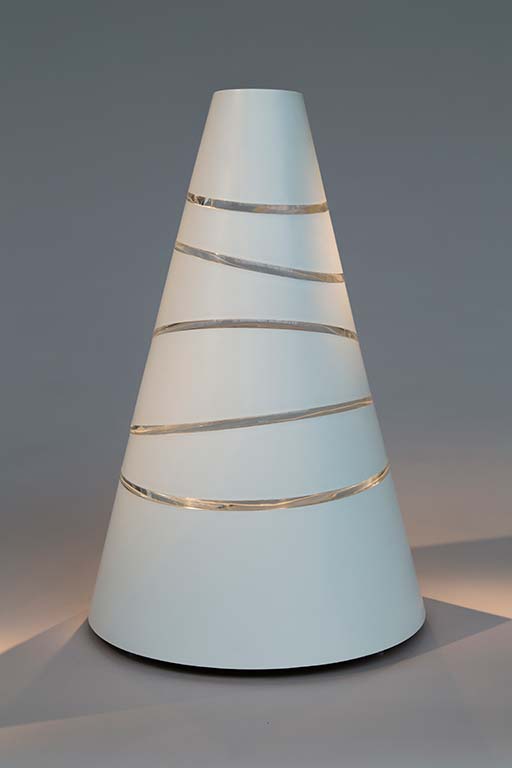
Even Five, 1974
Koan is a Japanese word for a paradoxical riddle given to young Buddhist monks as aids for meditation. Koans are a continuous theme in Lijn’s work.
read more
read more
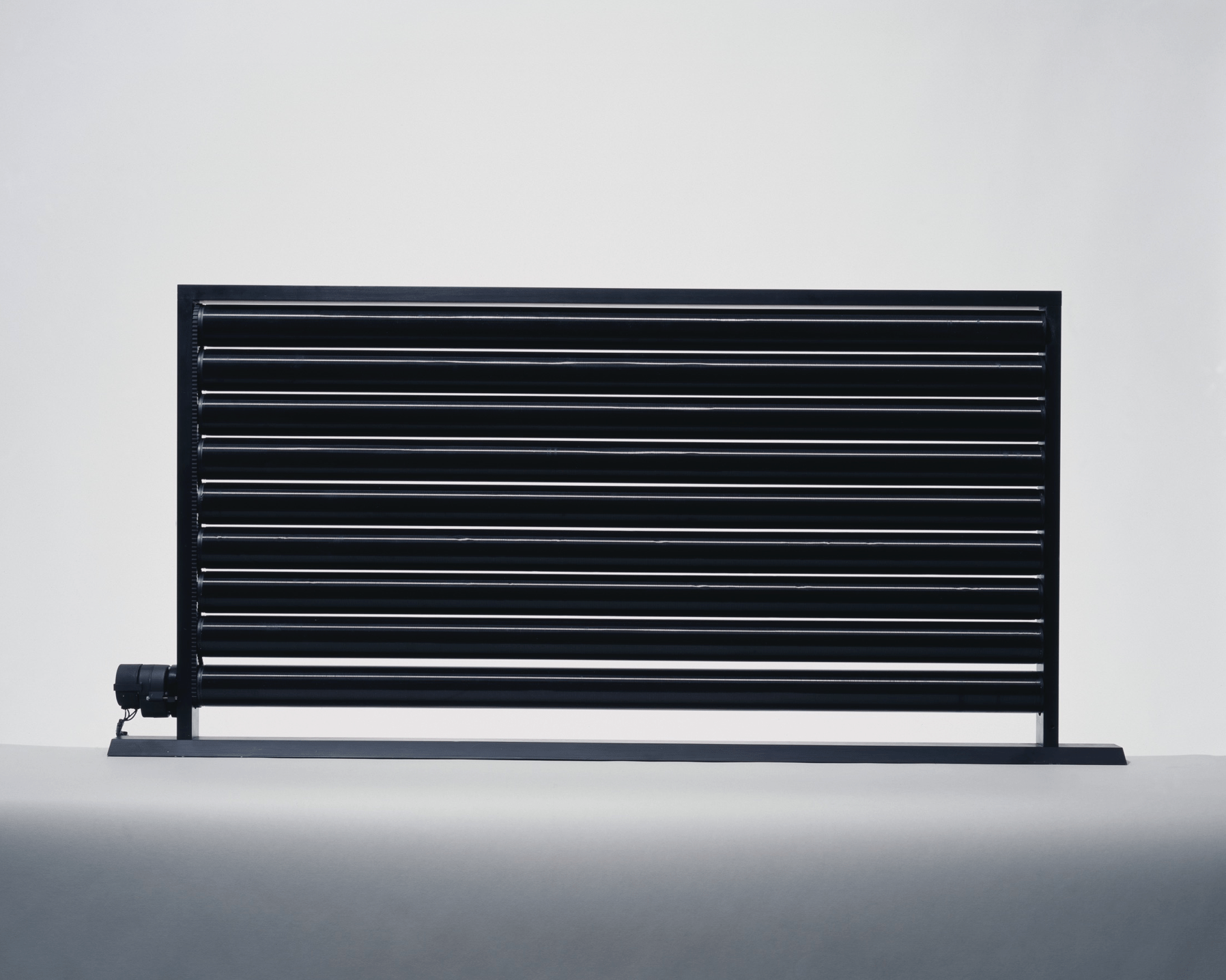
High Nine, 1974
In this series of work Lijn was interested in the way a reflected line of light describes the altered surface of the cylinder.
read more
read more
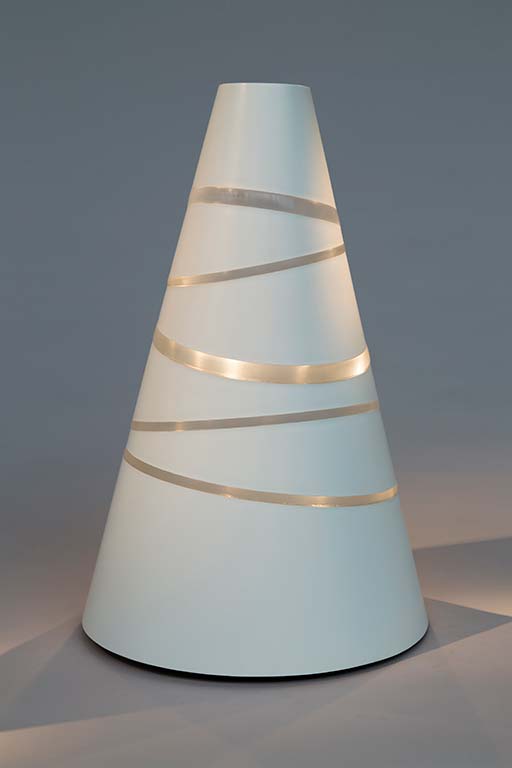
Frosted Koan, 1974
Koan is a Japanese word for a paradoxical riddle given to young Buddhist monks as aids for meditation. Koans are a continuous theme in Lijn’s work.
read more
read more
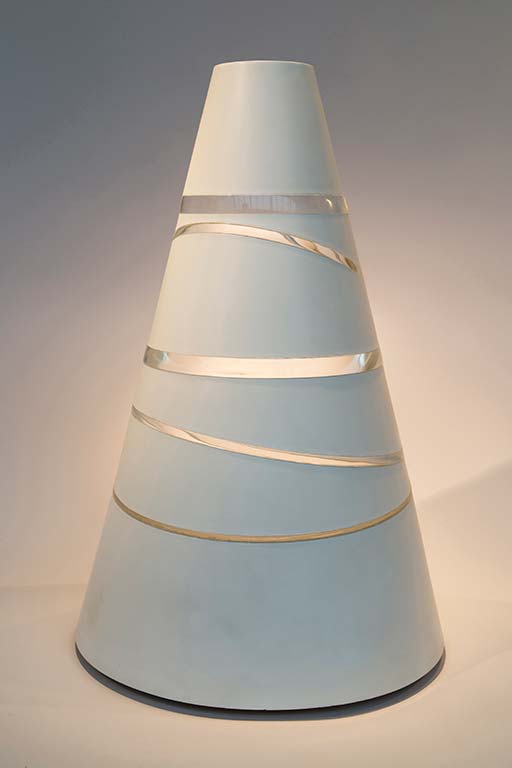
See Thru Koan III, 1974
This Koan combines Lijn’s interest in the relationship between the material and the immaterial and the paradoxical nature of reality. The apparently solid cone is layered with emptiness.
read more
read more

Through Another Eye, 1974
Lijn was fascinated by the use of prisms as tools for vision in both industry and war. Here were materials which were used both for destruction and creation. Not only that, they were real tools for vision, enabling people not only to see and sight from within bind boxes, but also to see within solid matter by analysing the spectrum of light given off by gases, for example in distant stars.
read more
read more
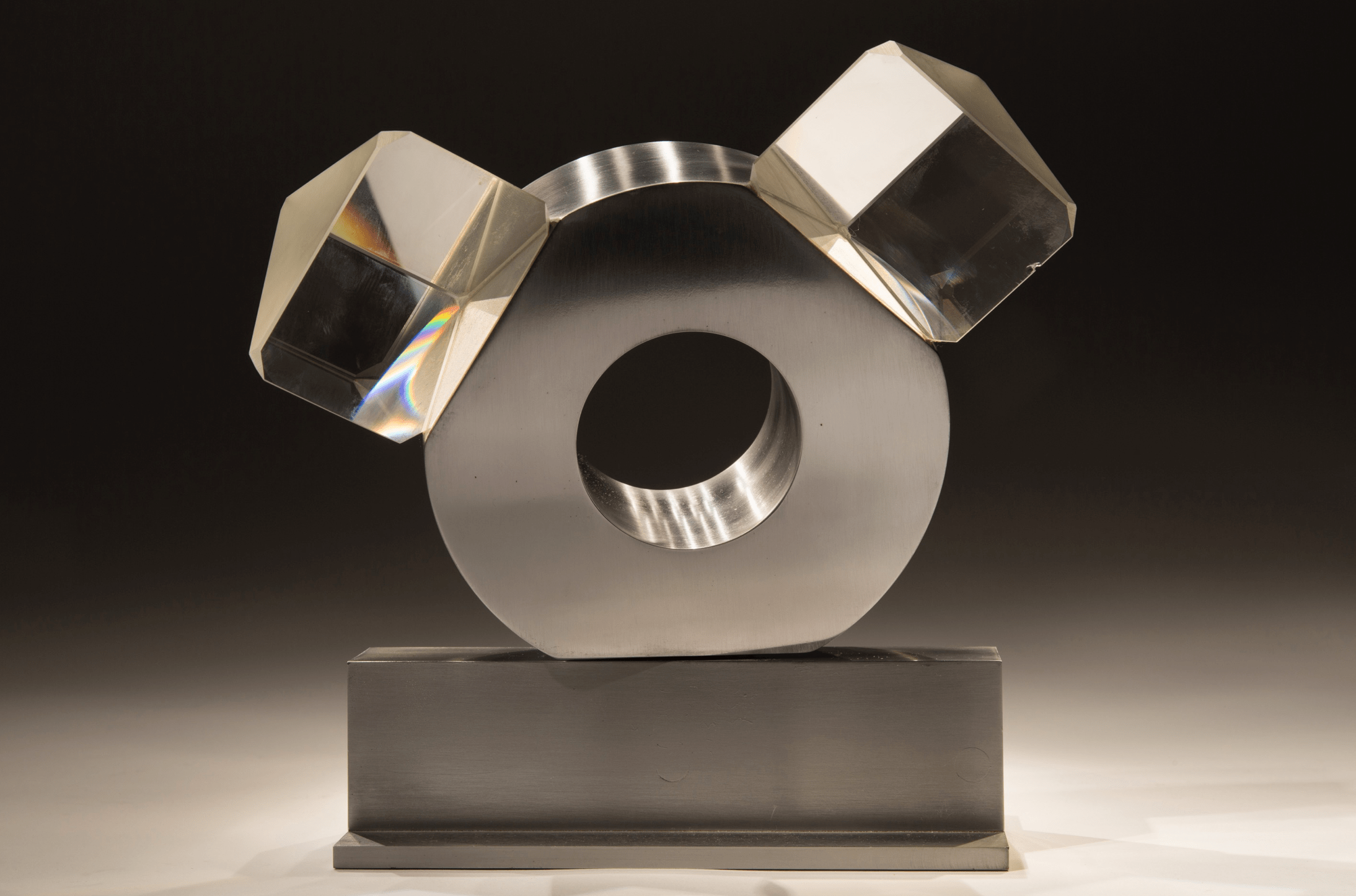
Infinite Zero, 1974
Lijn was fascinated by the use of prisms as tools for vision in both industry and war. Here were materials which were used both for destruction and creation. Not only that, they were real tools for vision, enabling people not only to see and sight from within bind boxes, but also to see within solid matter by analysing the spectrum of light given off by gases, for example in distant stars.
read more
read more
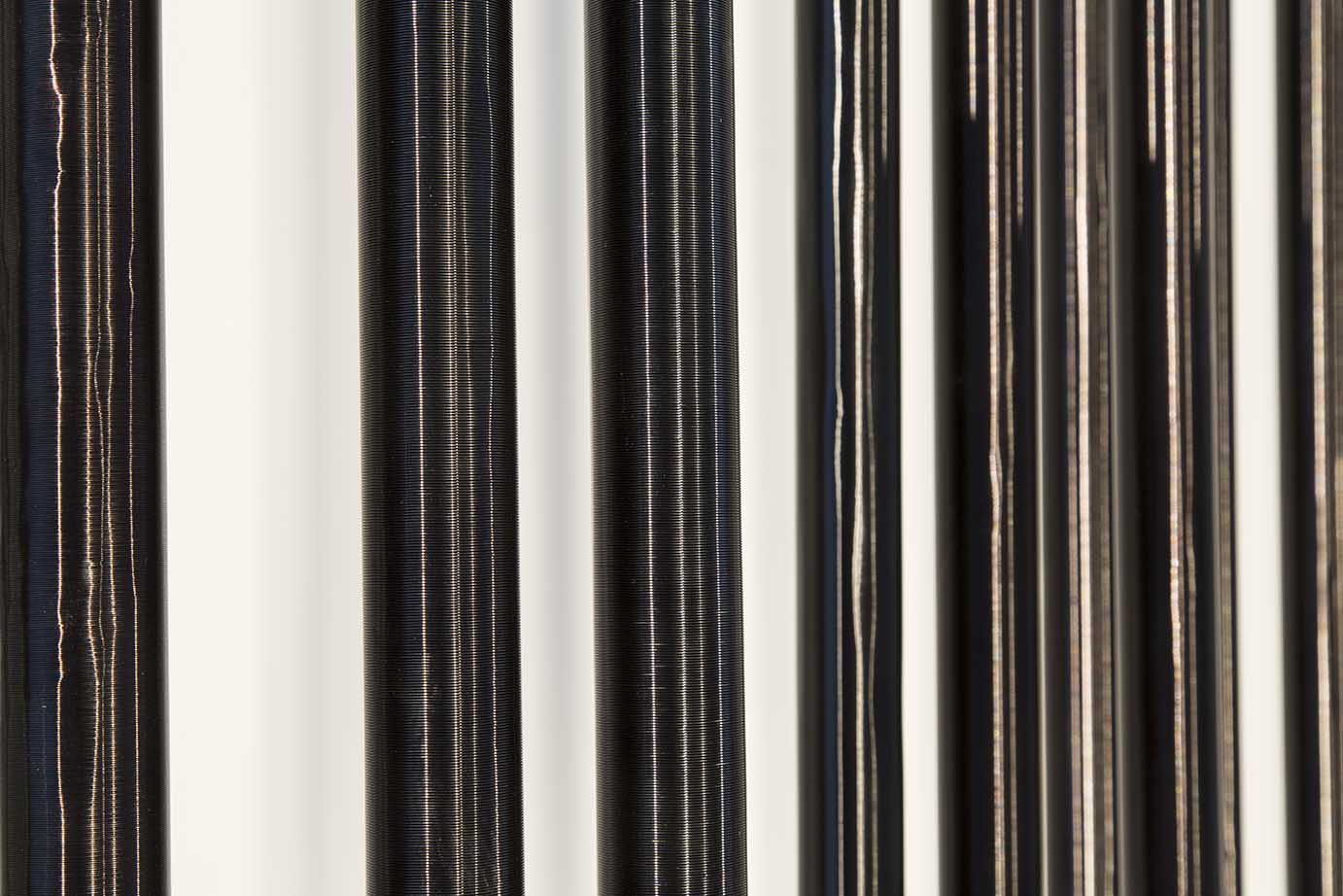
Threes, 1974-1975 / 1990
Threes, is a group of six similar sculptures which can be arranged to occupy a space in changing configurations. The different juxtapositions influence the way the movement of each cylinder is perceived in relation to the others.
read more
read more